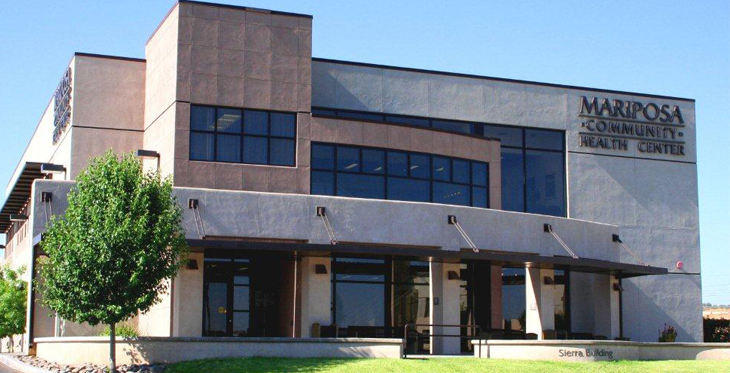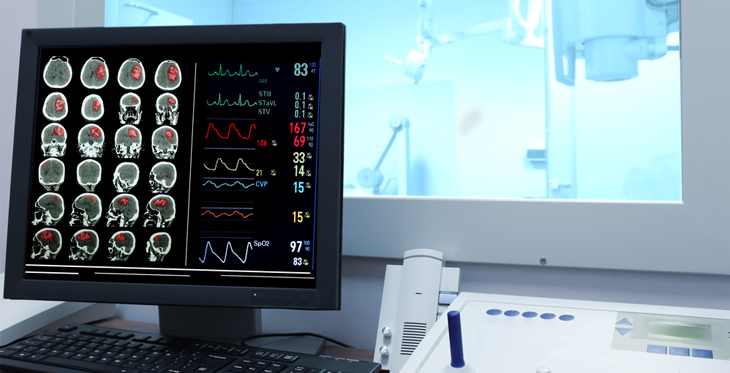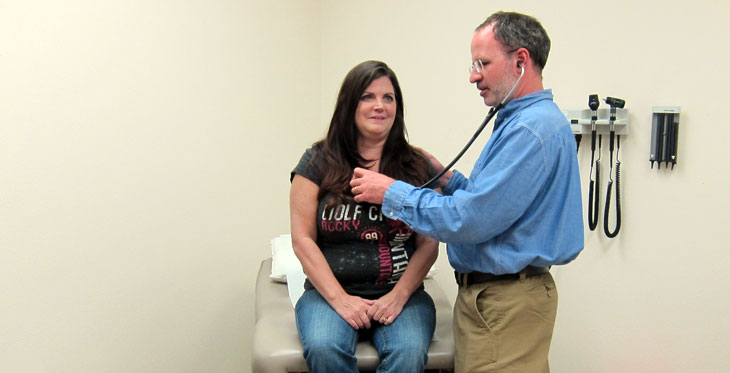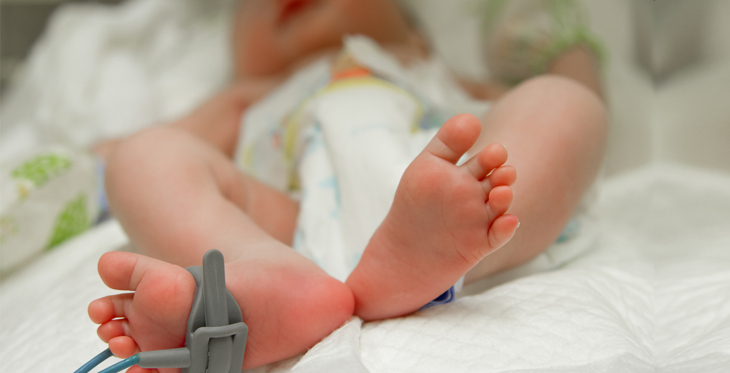Mariposa Community Health Center got its start in 1980 as a small clinic in Nogales, Arizona. It has grown over the years to be the largest provider of medical, dental and community-based health promotion and disease prevention services on the Arizona-Mexico border.
And in 1996, the clinic expanded its reach by becoming the first clinical site to link to the Arizona Telemedicine Program.
The decision was not a no-brainer. For many Nogales families, going to see a doctor in Tucson, 60 miles away, was a fun family outing, with lunch and shopping on the side. But for many others, the transportation logistics were next to impossible. For them, telemedicine would be a godsend.
But there were concerns about how well it would work.




